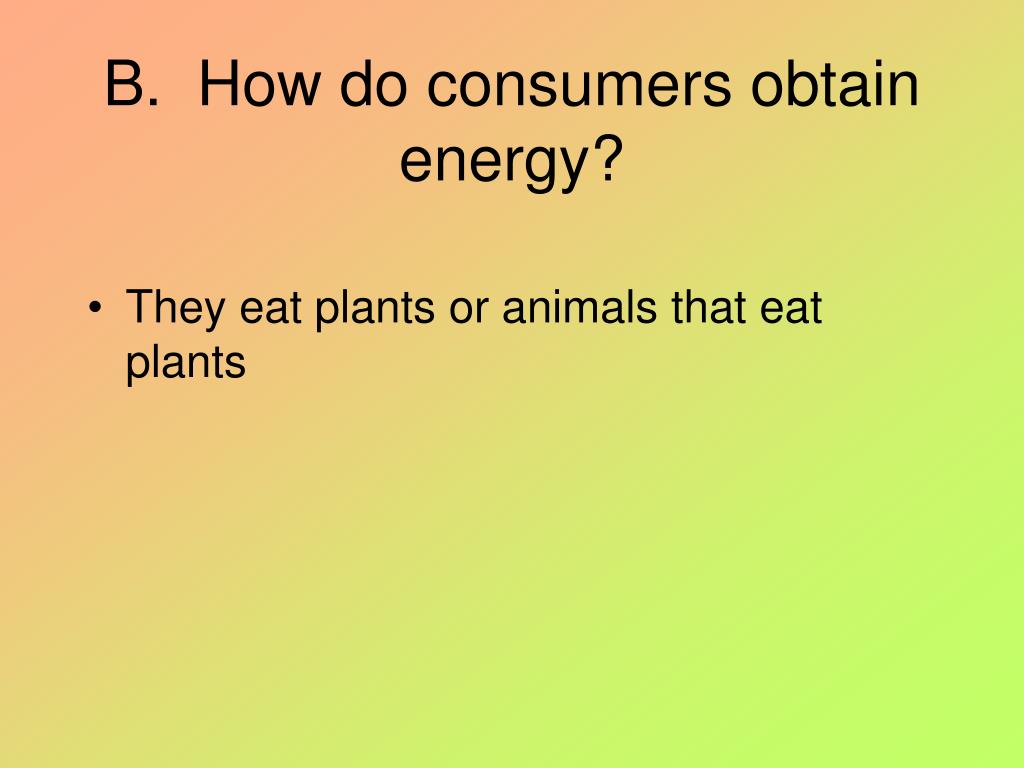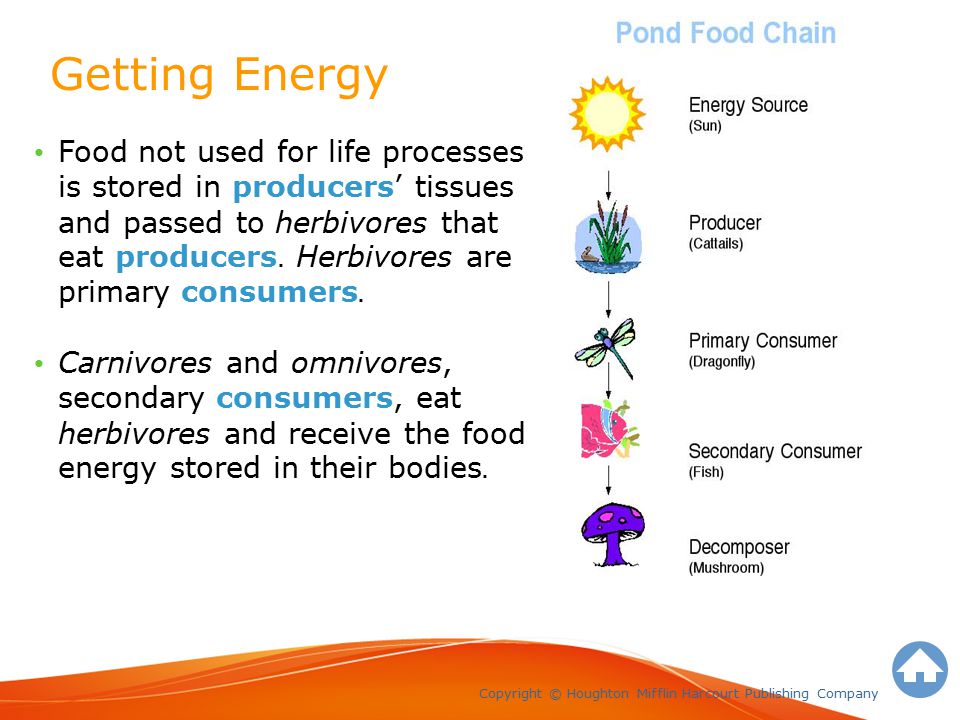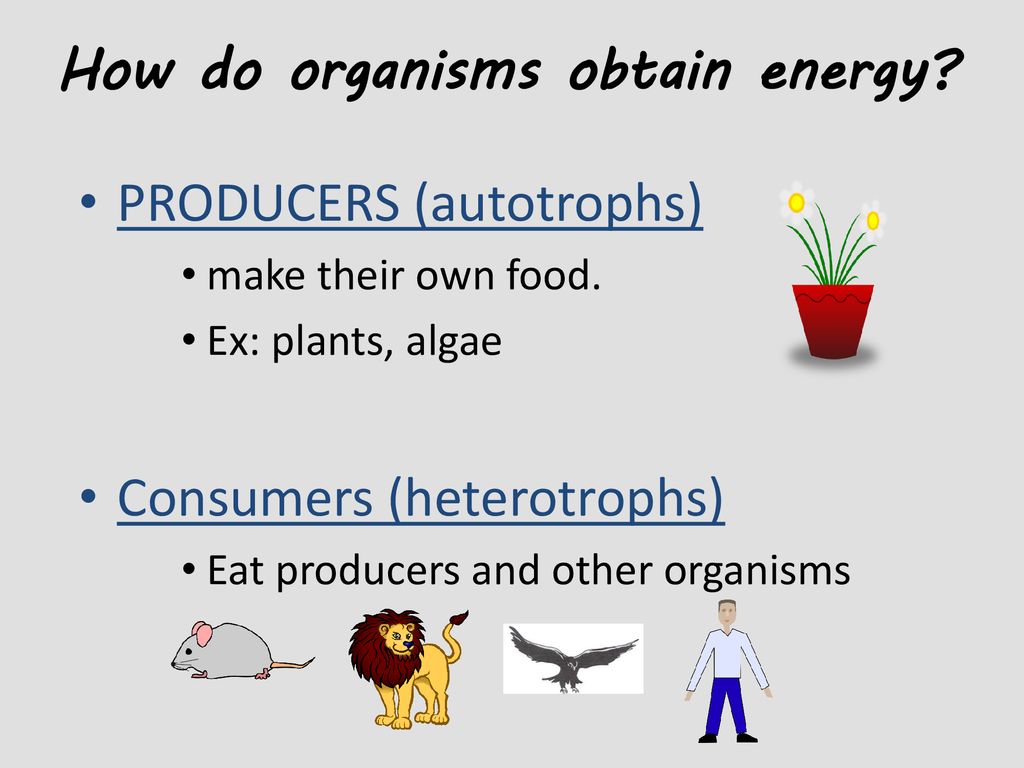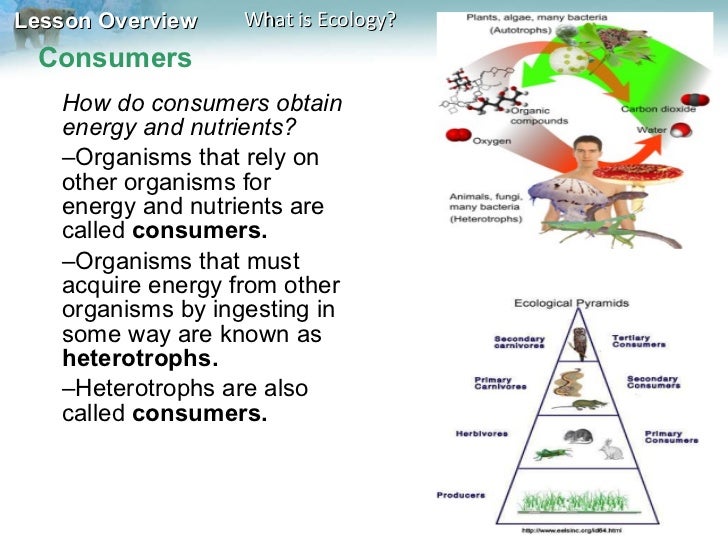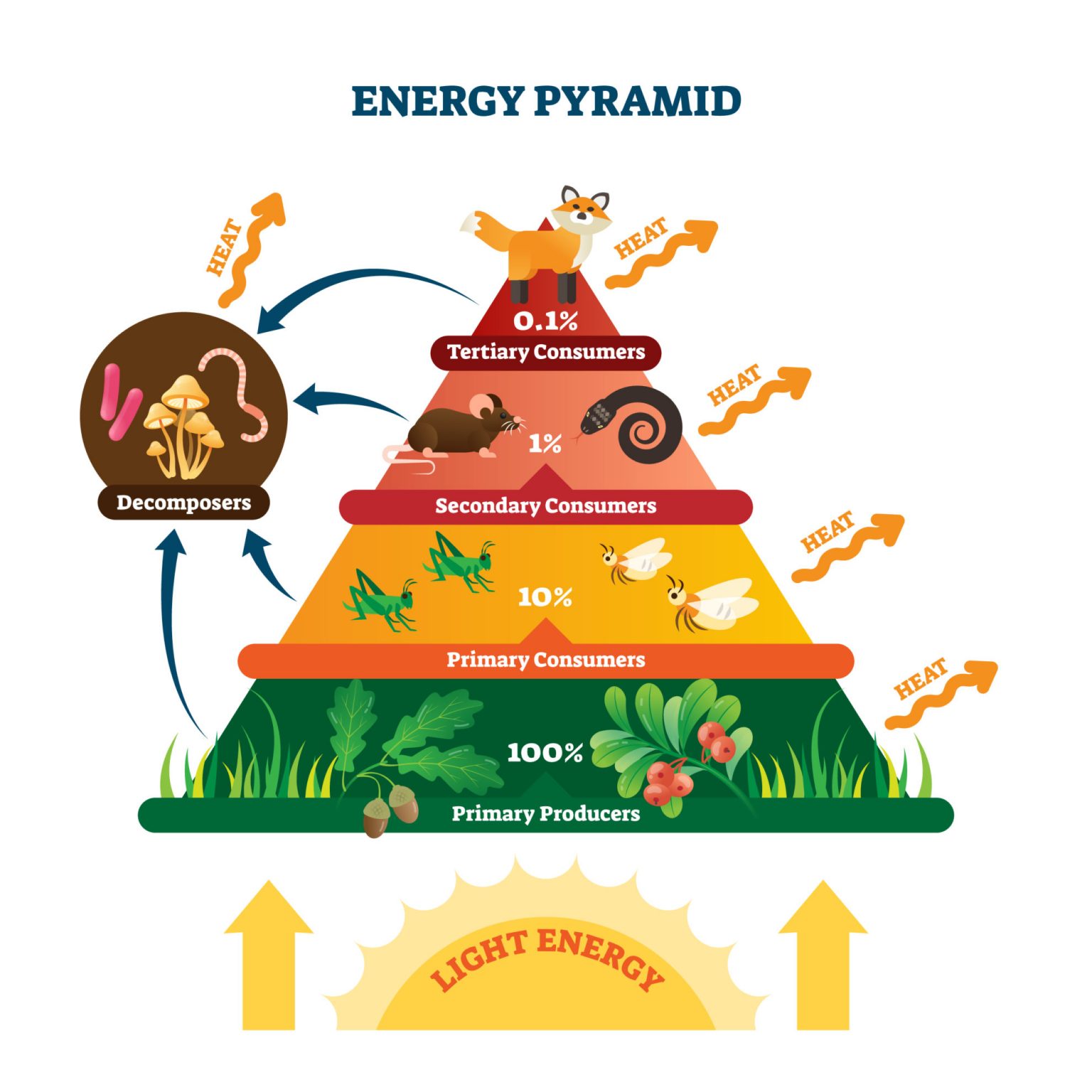How Do Consumers Obtain Energy And Nutrients

From the vibrant colors of a farmer's market to the sterile shelves of a grocery store, the story of how consumers obtain energy and nutrients is a complex interplay of biology, economics, and personal choice. Understanding this intricate web is crucial for both individual well-being and the overall health of society.
This article delves into the pathways through which individuals acquire the vital energy and nutrients necessary for life, examining the processes of food acquisition, digestion, absorption, and utilization. It will explore the modern food system and its implications, considering factors like accessibility, affordability, and the impact of dietary choices on overall health.
The Journey Begins: Food Acquisition
The first step in obtaining energy and nutrients is acquiring food. This process varies greatly depending on geographical location, socioeconomic status, and individual preferences.
For many, the primary source of food is the grocery store. These retail outlets offer a vast array of options, from fresh produce to processed goods, catering to diverse tastes and dietary needs.
Increasingly, consumers are also turning to alternative food sources. Farmers' markets, community-supported agriculture (CSA) programs, and online retailers provide direct access to locally sourced, often organic, produce.
Accessibility and Affordability
Accessibility and affordability are critical factors that influence food choices. Food deserts, areas with limited access to affordable and nutritious food, pose a significant challenge for many communities.
Government assistance programs like the Supplemental Nutrition Assistance Program (SNAP) play a vital role in ensuring that low-income individuals and families have access to food.
Food prices, influenced by factors such as transportation costs, agricultural subsidies, and market demand, can also significantly impact dietary choices, often leading to the selection of less nutritious, more affordable options.
The Digestive Process: Breaking Down Food
Once food is acquired, the body begins the complex process of digestion. This involves breaking down complex molecules into simpler forms that can be absorbed and utilized.
Digestion begins in the mouth with mechanical breakdown through chewing and chemical breakdown through saliva containing enzymes like amylase that initiate carbohydrate digestion.
The stomach further breaks down food using gastric juices, including hydrochloric acid and enzymes like pepsin that begin protein digestion. The small intestine is the primary site of nutrient absorption.
Absorption and Utilization
The small intestine, with its vast surface area created by villi and microvilli, is specialized for nutrient absorption. Nutrients are absorbed into the bloodstream and transported to cells throughout the body.
Carbohydrates are broken down into glucose, the body's primary source of energy. Proteins are broken down into amino acids, used for building and repairing tissues.
Fats are broken down into fatty acids and glycerol, providing energy and supporting various bodily functions. Vitamins and minerals are essential for numerous metabolic processes.
Modern Food System Challenges
The modern food system presents several challenges to obtaining optimal energy and nutrients. Processed foods, often high in sugar, salt, and unhealthy fats, can contribute to chronic diseases like obesity, type 2 diabetes, and heart disease.
Overconsumption of calories, coupled with sedentary lifestyles, leads to an imbalance between energy intake and expenditure, resulting in weight gain. Nutritional deficiencies can also occur due to limited intake of essential vitamins and minerals.
Furthermore, the environmental impact of food production, including greenhouse gas emissions, water pollution, and deforestation, raises concerns about the sustainability of current dietary patterns.
Making Informed Choices
Consumers can make informed choices to improve their access to energy and nutrients. This includes reading food labels carefully to understand the nutritional content of products. Prioritizing whole, unprocessed foods like fruits, vegetables, and whole grains is crucial.
Cooking at home allows greater control over ingredients and portion sizes. Seeking guidance from registered dietitians or healthcare professionals can provide personalized dietary recommendations.
Supporting sustainable food systems and advocating for policies that promote food access and affordability can contribute to a healthier and more equitable food environment for all.
The Importance of Education
Education is paramount in empowering individuals to make healthy dietary choices. Understanding basic nutritional principles, such as the importance of macronutrients (carbohydrates, proteins, and fats) and micronutrients (vitamins and minerals), is essential.
Promoting nutrition education in schools, workplaces, and communities can help individuals develop lifelong healthy eating habits. Disseminating accurate and reliable information through public health campaigns and credible online resources is also crucial.
By fostering a greater understanding of the relationship between food, energy, and health, we can collectively work towards a healthier and more sustainable future.
In conclusion, the process of obtaining energy and nutrients is a multi-faceted journey that involves food acquisition, digestion, absorption, and utilization. By understanding the complexities of the food system and making informed choices, consumers can optimize their health and contribute to a more sustainable and equitable food future.






